‘A whole bunch of people will probably die’: The inevitable risks and rewards of space exploration
Perhaps it was crass but when Elon Musk said people would die in his ambition for space travel, he was being honest. Exploration, in all its forms, has always carried a risk, writes Steven Cutts

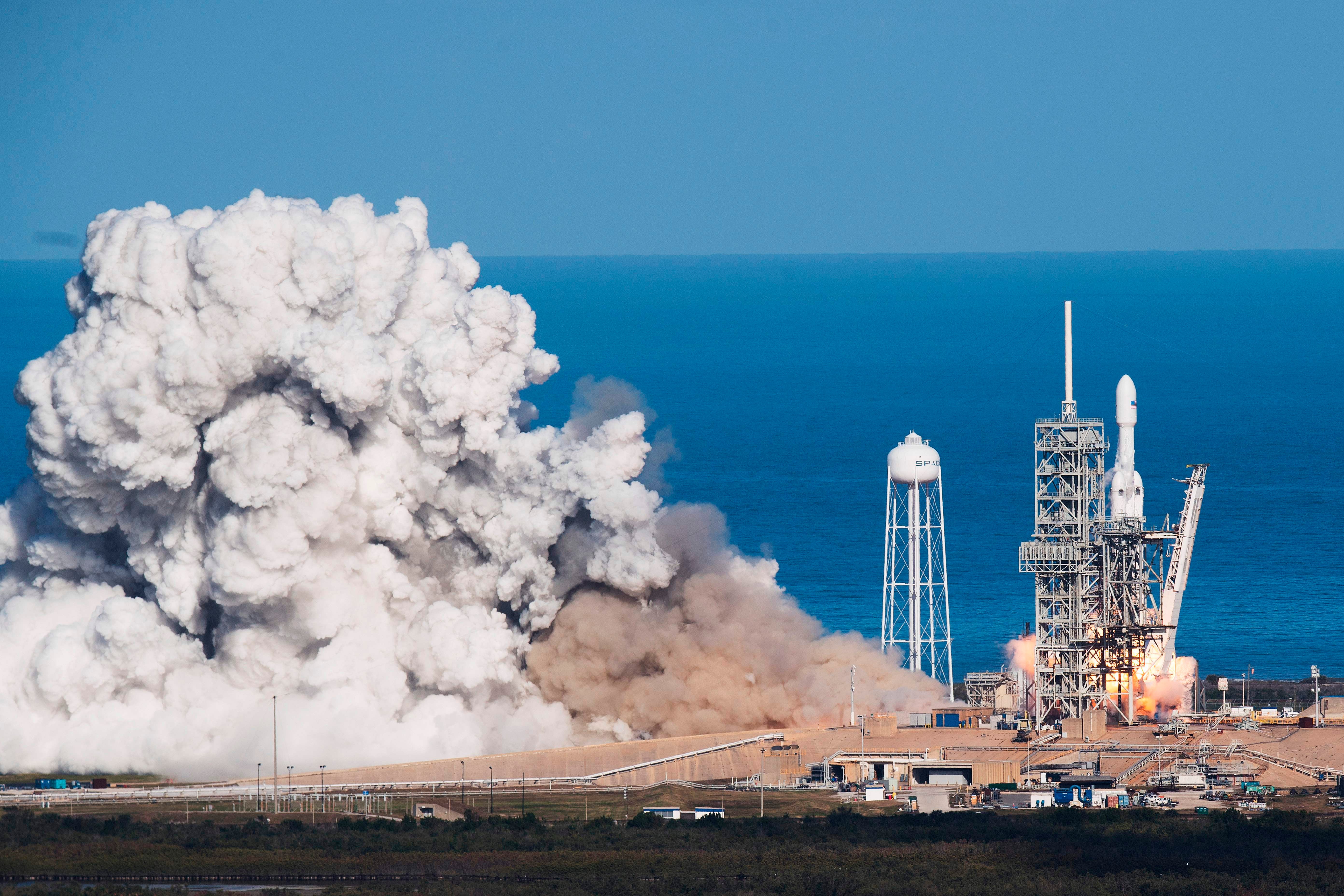
Elon Musk, who has a talent for memorable sound bites, has gone on record as saying that his ambition for spaceflight is likely to involve killing a whole bunch of people. Some in his audience may have been shocked but spaceflight has always been risky and in some respects – thus far – we have been lucky. During the space shuttle programme, Nasa lost two crews of seven astronauts really abruptly and quite a few others lost their lives on the ground.
First and foremost, it’s nothing new. One could even argue that the modern era is simply unable to cope with the concept of loss. Our spoon fed, air-conditioned lives have become so comfortable that we cannot yet envisage the sort of attitude space exploration might soon require.
The Portuguese explorer Ferdinand Magellan is usually cited as the first man to circumnavigate the world in a sailing ship. This isn’t quite true. He died before his mission could be completed and it was his first officer, Juan Sebastian Elcano who brought the ship home in 1522. Only 18 men survived the voyage.
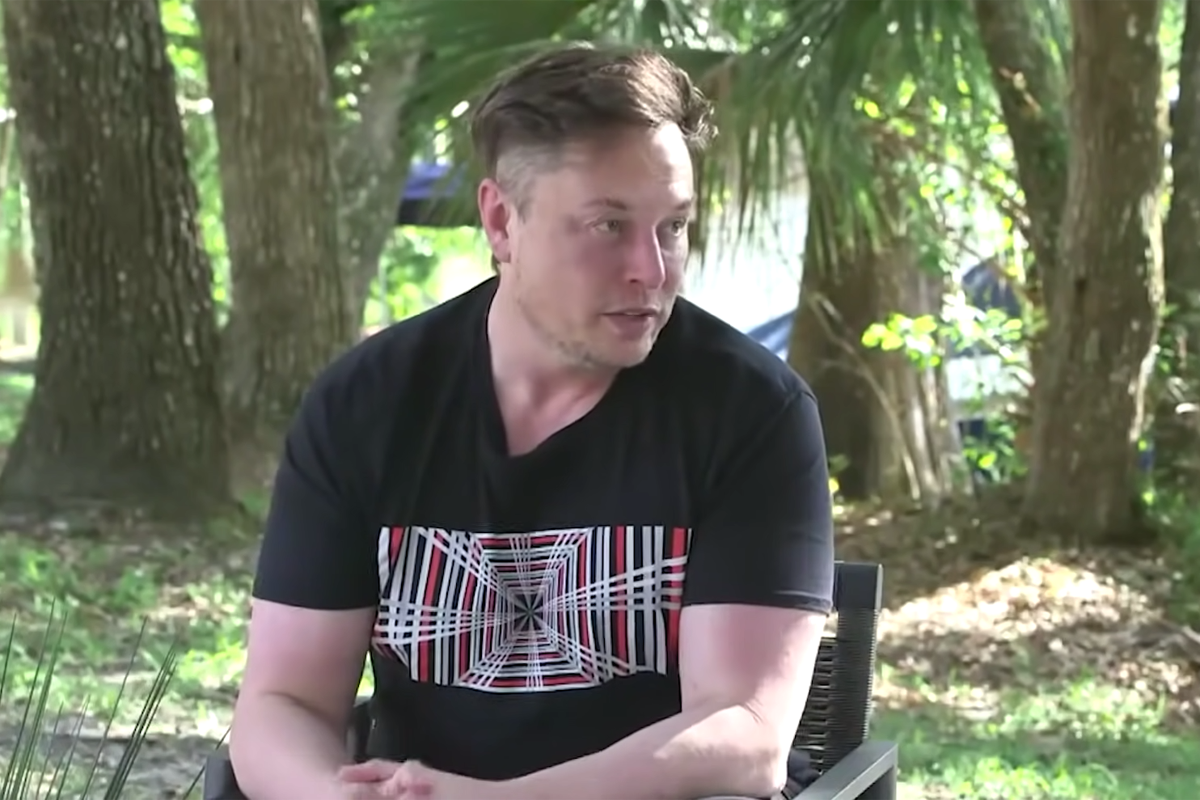
During the golden age of exploration, it was common for between a quarter and a half of the men who set out on the mission to die before they could make it back to port. After a few weeks of shore leave, the survivors would return to the dockside and sign up for another trip. Part of what we’re looking at here is a different era and a different values system but if you think there’s no overlap between the perils of circumnavigating the globe and flying to another planet, you are badly mistaken. Musk is seriously talking about launching 100 astronauts at once in his fast emerging “Starship” and when that happens, the potential for serious loss of life in space will soar.
Having said that, we are making progress. Russian cosmonaut Valery Polyakov spent nearly 438 consecutive days aboard the Soviet era Mir Space Station. This record remains unsurpassed with the American astronaut Tim Peake holding out for just short of a year in the second decade of the 21st century.
Thanks to the International Space Station (ISS), we now know how to keep people alive in low Earth orbit for about a year. In the early days of long duration spaceflight, data from the American Skylab space station suggested that the worst length of time to spend in orbit is one month. It takes about one month to get used to zero gravity and – when your body has finally readapted – it takes about one month to get used to full gravity, which one might encounter back on Earth.
Just staying alive in low Earth orbit can be hard work. It takes two people working eight hours a day to keep the current ISS operational
Zero gravity is fun and the more spacious environment of modern space stations has provided all kinds of fun videos, none more impressive than those provided by the Skylab crews in the early 1970s, where the internal diameter of the main section remains a record. After a while the whole thing is so effortless that the astronauts begin to get weak. The bones lose calcium and their muscles lose bulk and strength. Even the myocardial muscle of the heart starts to give up the ghost and when these people return to terra ferma they usually have trouble standing up.
Scientists have been trying to get round this with all kinds of calcium supplements, bone stimulating drugs and innovative exercise machines that are intended to boost a man’s bone mineral density and body muscle mass. Over the course of time, many astronauts became bored senseless by the daily rituals of exercise, often lasting more than three hours per day. But without the exercise, they’d be a physical wreck on their return.
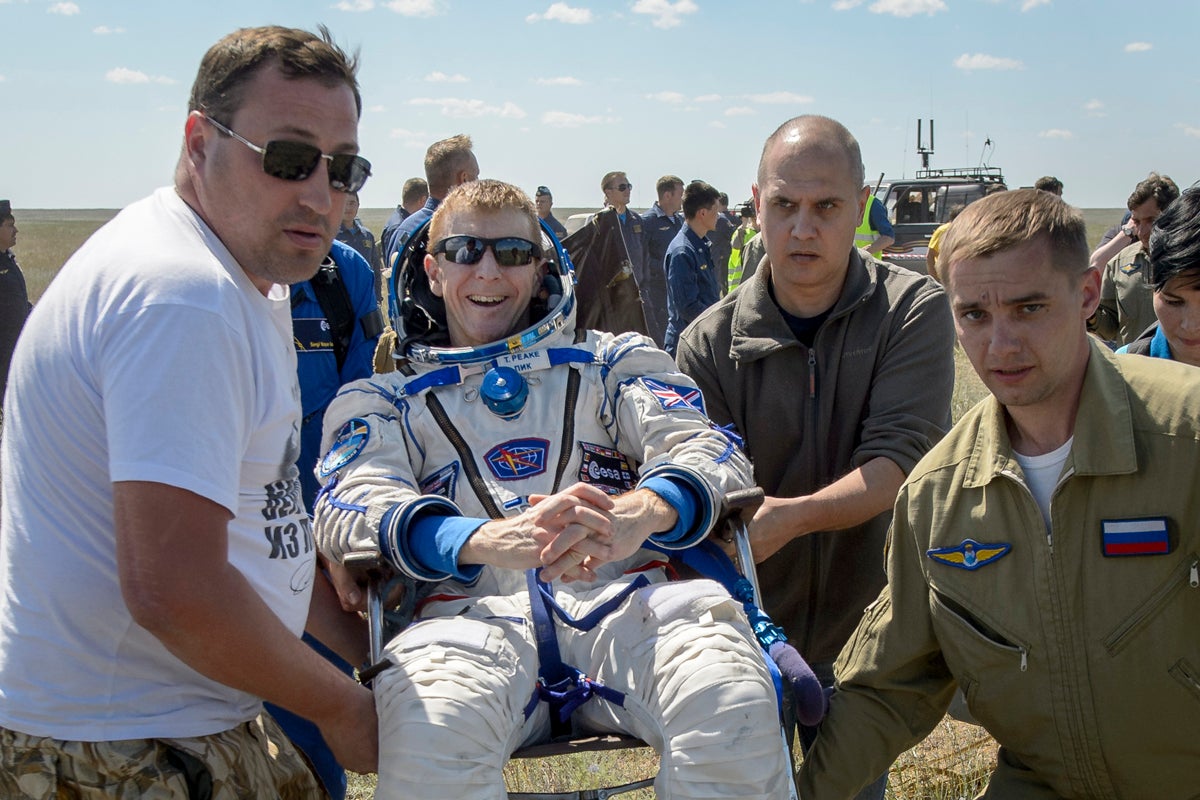
Basic research on zero gravity is performed on volunteers who agree to lie flat for months on end.
Just staying alive in low Earth orbit can be hard work. It takes two people working eight hours a day to keep the current ISS operational. If we staff the ISS with three men for six months, then at any one time, only one of them is performing any useful science. The rest of them are treading water. The arrival of the next generation of American spacecraft such as the Dragon is beginning to change this and at the time of writing there 11 people aboard the ISS. Thanks to robotic resupply missions, it’s now possible to deliver fresh fruit and vegetables along with other essential supplies to the people on the station.
But what if something goes badly wrong? The potential for disaster is huge and, in many ways, manned spaceflight has been lucky so far. During the ascent itself, all modern manned rockets are equipped with an escape system that would enable the crew to blast themselves free of the rocket were it to explode. This kind of equipment comes at a price and is not without risk but in principle at least it could avoid the sort of tragedy we saw with the Challenger disaster.
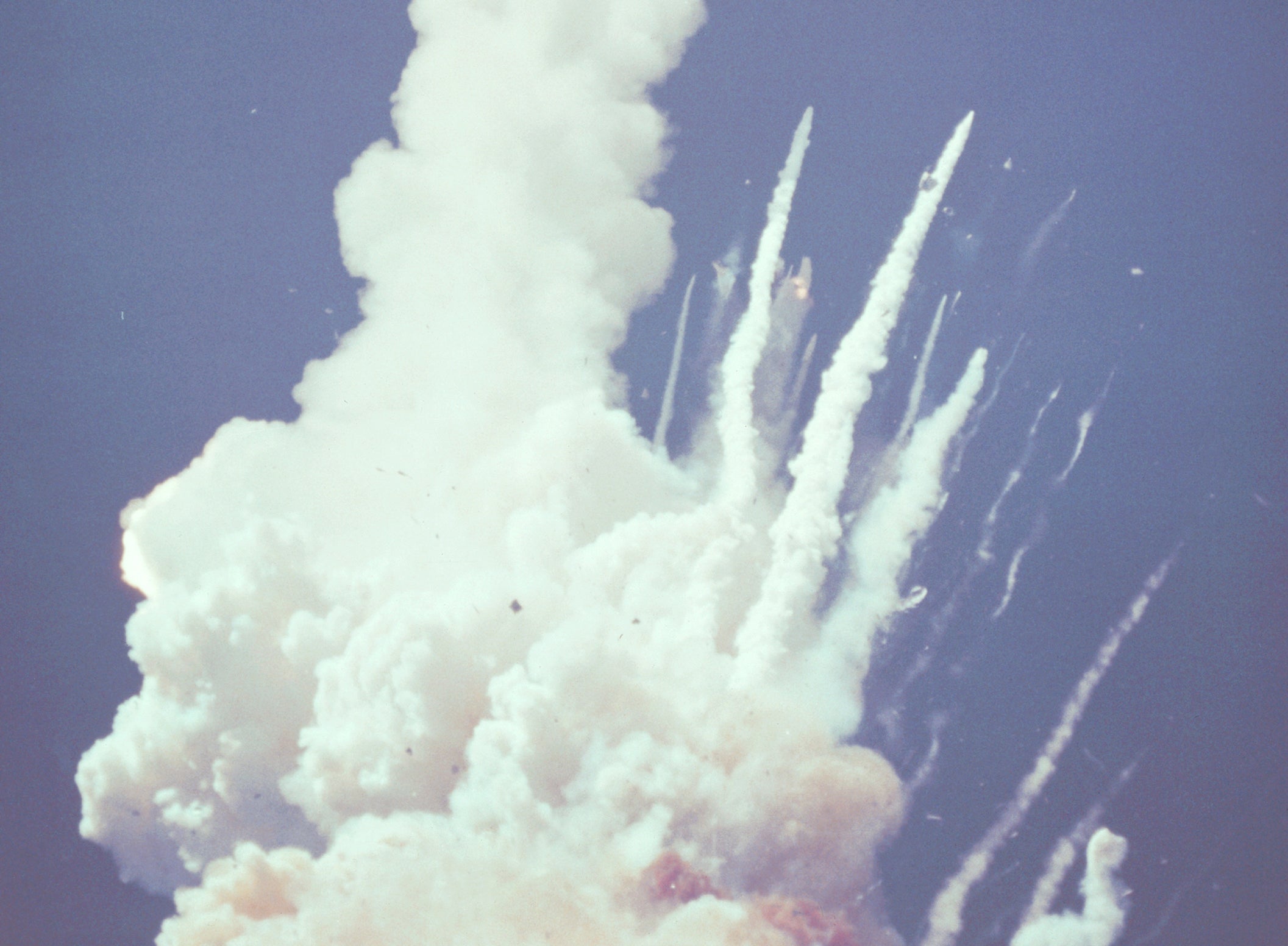
If the astronauts are already in low Earth orbit they could bail out and reach the surface of the Earth in a matter of hours. It might involve landing in a suboptimal position but at least they would know that escape is possible. Remember that the ISS is only about 250 miles away.
If all goes well, we should be back on the moon by the end of this decade and this would place our astronauts 1,000 times further away than the ISS. Escape would also require the crew to be able to blast off from the lunar surface and re-enter the Earth’s atmosphere at a much higher speed than from the low Earth orbit, but in spite of this, escape remains a credible option.
Anything beyond the moon becomes more problematic. Flying to Mars or a nearby asteroid involves a carefully chosen launch window. Both the Earth and the destination represent a moving target and they’re both moving at different speeds. You can’t just blast off to freedom when things start to go pear-shaped. In an emergency on Mars, the crew would have to bide their time on the planet waiting for a launch window to open before they could take off.
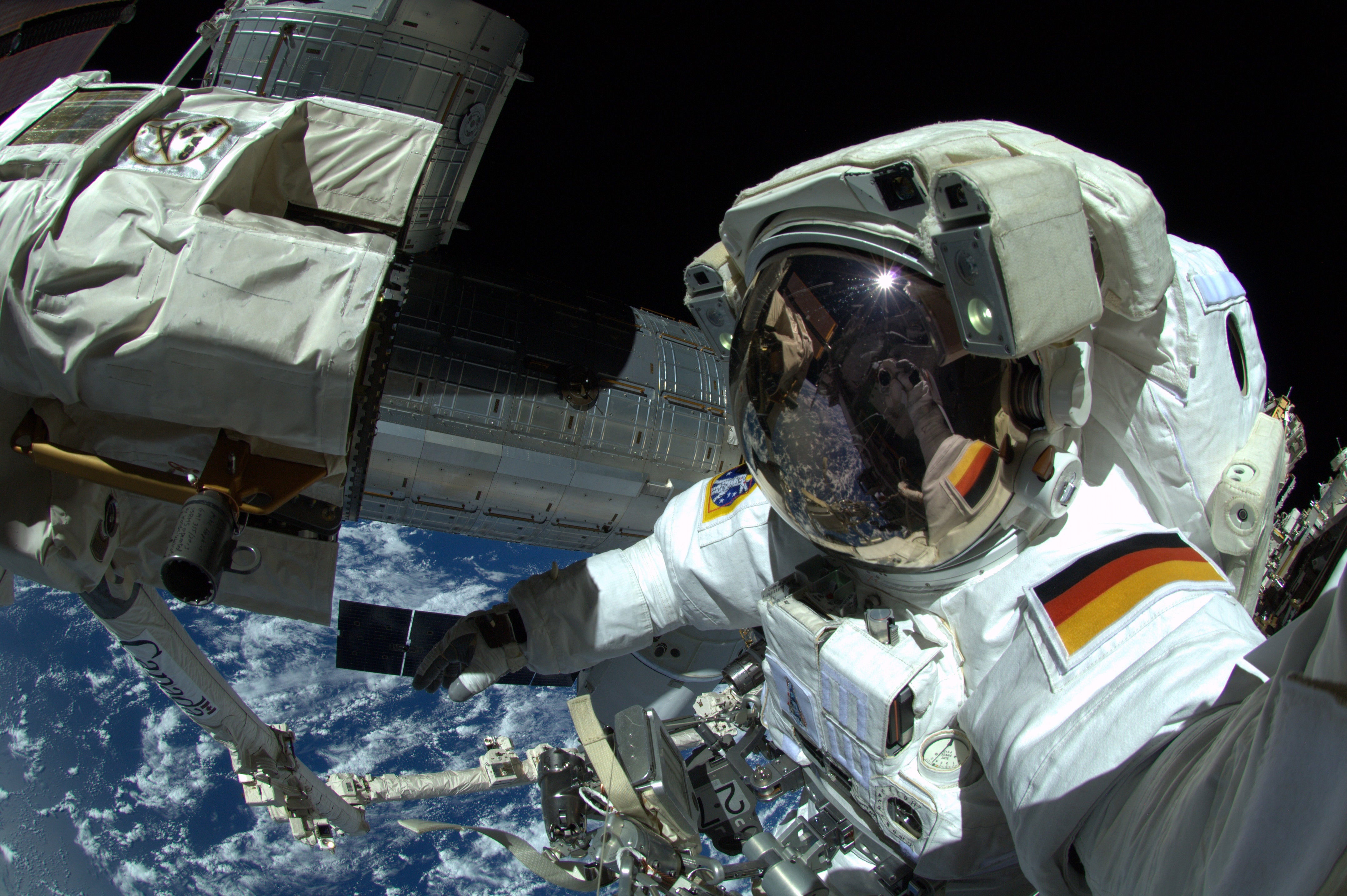
Resupply is difficult too and fresh fruit is out of the question. All food comes out of a can but sailors have lived with this for centuries here on Earth. Remember that it is common for the crew of nuclear submarines to spend up to 12 months submerged underwater, with more than a 100 men living together in a confined space. Life under the sea is old hat and in many ways survival in space is easier.
In practice, the biggest obstacle to spaceflight is radiation. Years ago – in one of the very first satellites – James van Allen discovered the major radiation belts around the planet Earth. They extend a few thousand miles from the planetary surface and they are formed by the interaction of the solar wind with the Earth’s magnetic field. One of the early Apollo astronauts fell ill and found himself vomiting shortly after passing through the Van Allen radiation belts and for a while there were real fears for his health.
In practice, the Van Allen belts protect the Earth and also protect any astronauts who might wish to stay in low Earth orbit. As soon as we venture outside the Van Allen radiation belts, the risk to the crew begins to soar. The cumulative dose becomes the dose per day multiplied by the number of days spent in space; and for a voyage to Mars this is likely to involve 500 days of travel. Polyakov’s record sounds encouraging but in the altered environment of deep spaceflight he might not have survived.
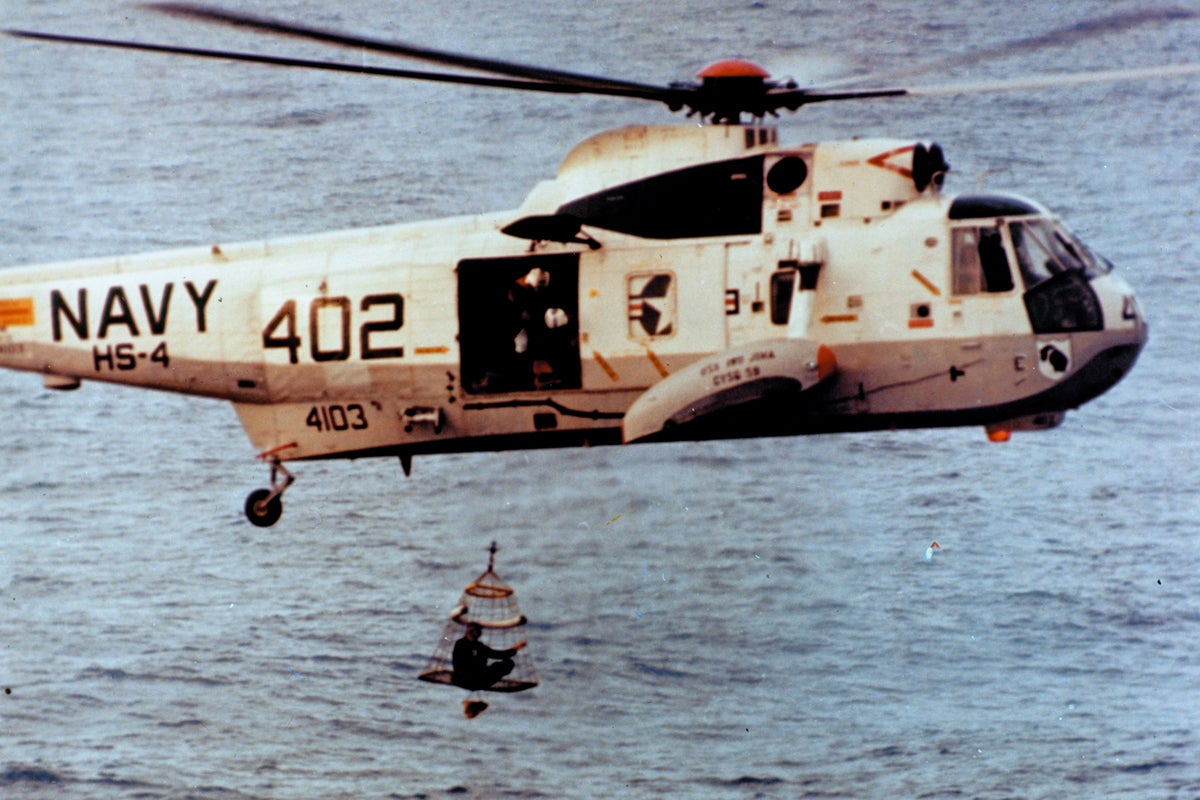
About half of the radiation in outer space is from the Sun and the other half is the radiation that flows between the stars. Thanks to the inverse square law, Mars is a safer destination than the moon but in contrast to the Earth, Mars lacks a magnetic field and when solar radiation strikes the upper atmosphere, it plays an active role in bleeding off what few gas molecules the planet has managed to hold on to. Much of that radiation makes it through to the surface and the crew would be advised to escape from their landing vehicle at the earliest possible moment.
When one considers the pressures of being cooped up in a can for six months at a time it’s not inconceivable that even the most stoical of astronauts will start to go mad
As on the Earth’s moon, any human explorers would have to bury their habitat under quite a lot of rock and sand just to hold back the radiation. Journeys to the planetary surface would have to be timed and recorded with the radiation dose carefully logged. Some scientists have argued that radiation is a part of life. It has long been recognised that people living in granite houses in Cornwall are more at risk from radioactivity than the workforce in your average nuclear power station. Similarly, the dose received by airline crew seems quite alarming when you first acknowledge its scale. As time goes by we may develop drugs that can suppress the adverse effects of radiation, but for the time being, radiation remains a major issue for long-duration spaceflight.
But there’s one simple way to overcome all of these problems. Increase the speed of our spacecraft. Most calculations for deep space flight are based on the assumption that our rockets will be propelled by chemicals that burn inside a combustion chamber and release energy by ordinary means. This would involve an outbound journey of six months and a similar duration for the return journey. Given that we’d have to spend at least three months on the surface just to justify the voyage, we’d soon be looking at a 15- to 18-month exposure to the perils of both zero gravity and deep space radiation. But if we could use a better propulsion system the journey time might be cut to two or three months each way. Even a subtle reduction in journey time would be associated with a precipitous improvement in the logistical challenge. Right now, there are scientists working on plasma drives and relatively simple nuclear fission backed engines.
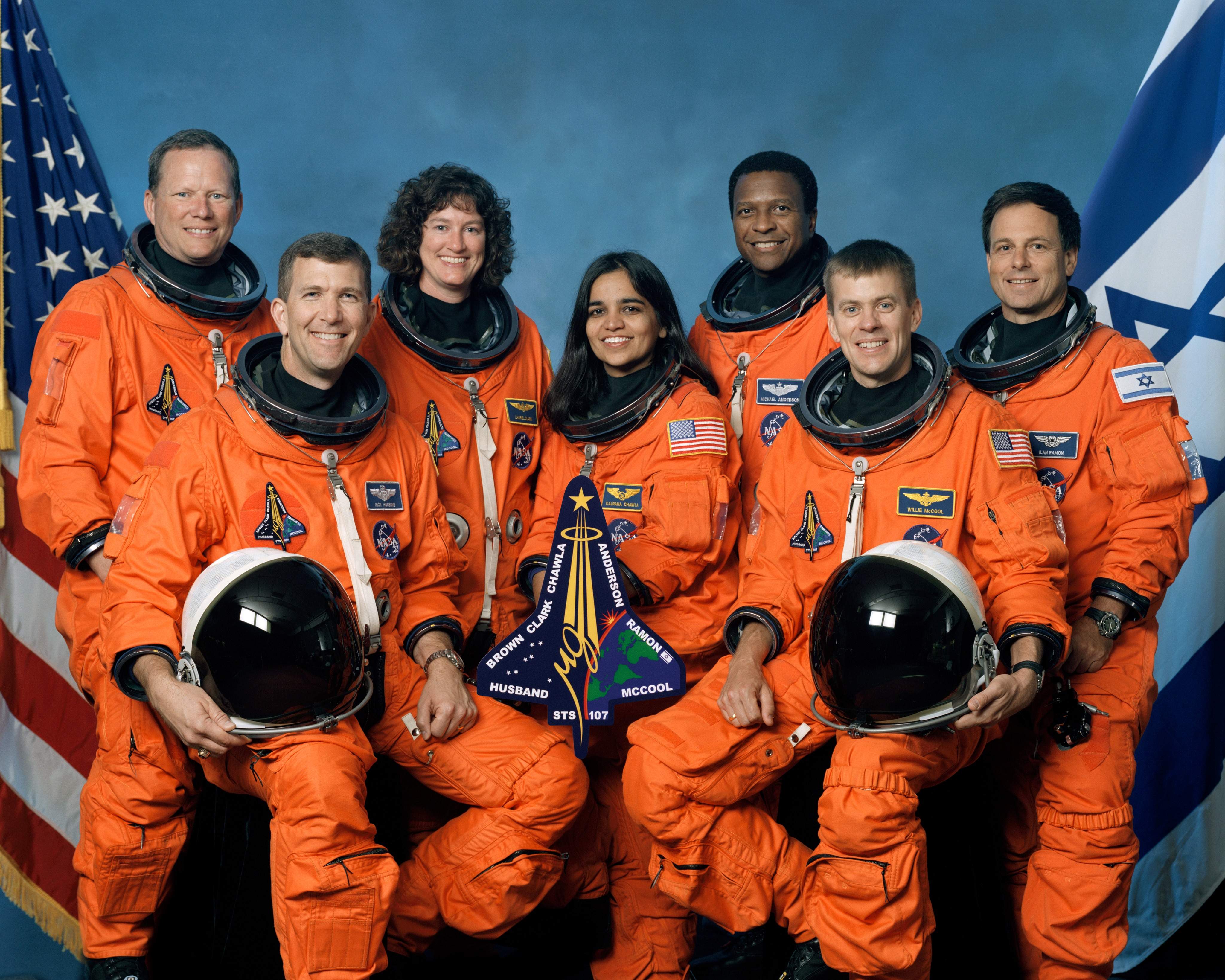
The increased speeds associated with this kind of technology could do much to make deep space travel possible. Musk’s recent assertion that a whole bunch of people are likely to die on a trip to Mars is more than pertinent. When one considers the pressures of being cooped up in a can for six months at a time it’s not inconceivable that even the most stoical of astronauts will start to go mad. The current obsession with gender balance in every workplace is likely to generate sexual tensions between the crew members that the likes of Neil Armstrong and Buzz Aldrin never had to face. More than that, the actual personality of a man who could survive in a tiny can like the Apollo capsule (for as many as 12 days) is completely different from the sort of personality who can hold out for 18 months in deep space.
It’s tempting to shield a human crew with solid lead around the crew compartment but one of the few real improvements in space technology in modern times is our ability to manufacture structures out of light-weight materials. A light-weight space craft gives a better power-to-weight ratio and this might get us there faster. If we start storing solid lead on the vehicle, all the gains of miniaturisation of electronics and material technologies will disappear.
Some have suggested that the kind of people who might make the first voyage to Mars would be very astute and mature people, people over 60 who have already had children and aren’t too bothered about the possible effects on fertility that a voyage to Mars might bring about. Similarly, they might be more aware that their lives are finite and that if the worse happens, they have less to lose.
Read More:
But all of these issues are just obstacles to success and in the end all obstacles can and will be overcome. People will do this, but it’s not clear how soon and what sort of condition they will come home in. Even in the last few weeks, there have been real breakthroughs. The recent oxygen manufacturing device on Perseverance has already made breathable oxygen out of the tenuous CO2 atmosphere that exists on Mars. The potential for making our own oxygen on Mars is starting to look very real.
Similarly, our confidence in the existence of water ice on Mars (and possibly also the Earth’s moon) raises the possibility that it might be possible to refuel on the planet and manufacture Liquid Oxygen and Hydrogen from local materials. Electrical power would have to come from an on-board nuclear reactor or solar panels but even solar panel technology has improved enormously in recent years and electrical power in itself is unlikely to stop us.
Watch this space.
Subscribe to Independent Premium to bookmark this article
Want to bookmark your favourite articles and stories to read or reference later? Start your Independent Premium subscription today.
Join our commenting forum
Join thought-provoking conversations, follow other Independent readers and see their replies
Comments